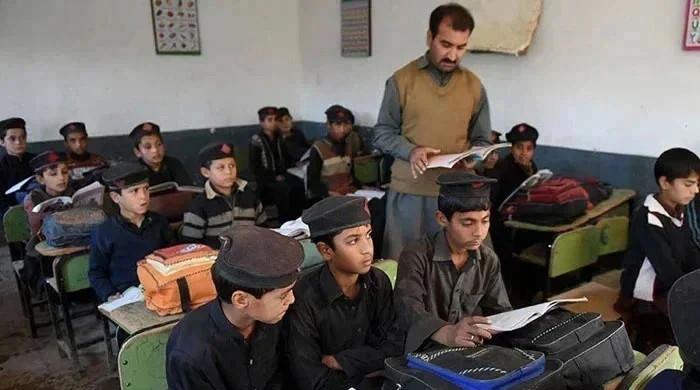Critical Infrastructure Deficiencies Plague KP Schools
A recent report from the Khyber Pakhtunkhwa Education Department reveals that thousands of students in over 10,000 government schools across 28 settled districts are facing a lack of fundamental amenities. These include essential facilities such as boundary walls, electricity, functional washrooms, and access to potable water.
Key Findings on School Infrastructure
The data highlights substantial shortcomings in the province’s public education infrastructure. A significant portion of schools lack basic utilities:
- More than 5,000 schools are without electricity.
- Over 2,000 schools lack access to clean drinking water.
- A similar number of schools do not have adequate washroom facilities or secure boundary walls.
Regional Disparities
The report specifies that 2,211 primary schools are without electrical power, with Mansehra (344) and Upper Kohistan (252) reporting the highest numbers. Furthermore, in Upper Kohistan, 208 schools do not have clean drinking water, and 1,253 primary schools are without proper washroom facilities.
Among the 160 middle schools in the province, 136 lack boundary walls, 71 are without clean drinking water, and 57 have no washrooms. Even in Peshawar, the provincial capital, 21 schools do not have electricity, 15 lack clean drinking water, 17 have no washrooms, and 8 are without boundary walls.
Government Response and Future Plans
Khyber Pakhtunkhwa’s Information Advisor, Barrister Muhammad Ali Saif, stated that the provincial government is committed to improving the basic amenities in government schools. He emphasized education as a key priority, mentioning that Chief Minister Ali Amin Gandapur has addressed the issue and given appropriate instructions.
He noted that the upcoming budget will allocate more resources to ensure all government schools are equipped with washroom and drinking water facilities.
Saif also indicated that an educational emergency would be declared in districts where over 50% of children are out of school. The government plans to establish schools in rented buildings where there is a pressing need to quickly provide school facilities.
Broader Context of Out-of-School Children
These actions are being taken in light of alarming statistics released by the provincial education department, which reveal that 37% of children in KP are not attending school.
The recent report indicates that 4.92 million children in the province are not receiving formal education.
Kolai-Palas Kohistan is facing the most severe situation, with 80,333 children out of school. The neighboring districts of Lower and Upper Kohistan have similarly high rates, with 79% of children not enrolled in educational institutions.
In contrast, Upper Chitral is the top-performing district in the province, with only 10% of children out of school.
Peshawar has over 500,000 out-of-school children, including 319,000 girls, demonstrating a significant gender disparity in educational access.



Comments (0)
No comments yet. Be the first to comment!
Leave a Comment